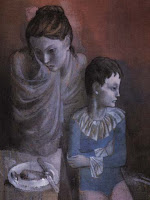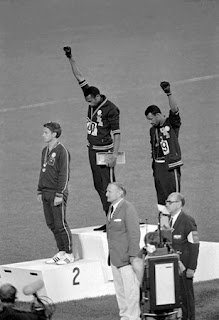Francisco Pizarro González, Marqués (Trujillo, Cáceres, 16 de marzo de 1478— Lima, 26 de junio de 1541) fue el explorador y conquistador español del Perú, gobernador de Nueva Castilla (actual territorio peruano) con sede de gobierno en La Ciudad De Los Reyes (Lima). Es recordado por haber logrado imponerse sobre el Imperio incaico con ayuda de diversos cacicazgos locales, conquistando el mencionado estado imperial cuyo centro de gobierno se ubicaba en el hoy Perú, y estableciendo una dependencia española sobre él. Si bien tuvo el título de marqués, fue "marqués sin marquesado"; sus descendientes tuvieron el título de marqueses de la Conquista. Sin embargo, es muy posible que le fuera concedido el título de marqués de los Atavillos, siendo este el título utilizado por el cronista don Francisco López de Gomara en su Historia General de las Indias, capítulo CXXXII. Para sus huestes indígenas era conocido como Apu (Jefe, Señor, General) o Machu Capitán (Viejo Capitán).
Francisco Pizarro nació en la ciudad de Trujillo (Extremadura). Existen dudas acerca de la fecha exacta de su nacimiento puesto que, si para unos historiadores fue el 16 de marzo de 1476, para otros fue la misma fecha, pero del año 1478. Algunos historiadores llegan a hablar de 1473.
Fue hijo natural del hidalgo Gonzalo Pizarro Rodríguez de Aguilar, llamado "El Largo", que participó en las campañas de Italia, bajo el mando de Gonzalo Fernández de Córdoba, y de Francisca González y Mateos, campesina y doncella de la tía de Gonzalo, Beatriz Pizarro, devota del Convento de San Francisco el Real (junto a la Puerta de la Coria).
A la edad de 20 años se alistó en los tercios españoles que, a las órdenes de Gonzalo Fernández de Córdoba, el Gran Capitán, luchaban en las conocidas como campañas de Nápoles contra los franceses. Según López de Gómara habría servido bajo las órdenes de éste, siempre como soldado, en el sur de la Península, Calabria y Sicilia. Regresa a Sevilla, donde permanecerá hasta su marcha a América. Poco se sabe de su estancia en esta ciudad.
En 1531 llega a Perú, lugar de la muerte por viruela del emperador Inca Huayna Cápac, lo que desató a su vez una guerra civil que enfrentó a los sucesores, Atahualpa y a su hermano, el Sapa Inca Huáscar. Francisco Pizarro fue invitado por el Inca Atahualpa a encontrarse en Cajamarca, por intermedio de un emisario muy allegado a él. El emisario se encontró con los españoles en Cajas y además de llevarle regalos (patos desollados, vasijas en forma de fortaleza, etc.) midió las fuerzas de los españoles y lo invitó a continuar su marcha por el valle del Chancay, cerca del pueblo de Chongoyape hasta Cajamarca para entrevistarse con Atahualpa, Pizarro aceptó y le envió una fina camisa de Holanda y dos copas de vidrio al Inca como regalo; se adentró en territorio Inca con 168 soldados y 37 caballos, se dirigió a Cajamarca, donde toma prisionero a Atahualpa (16 de noviembre de 1532) y, a pesar de haber recibido el rescate más alto de la historia, le manda ajusticiar por los delitos de sublevación y de haber ordenado ejecutar a Huáscar, aunque Pizarro se niega a quemar vivo al Inca.
Mantuvo una estrecha alianza con la nobleza del Cuzco, partidaria de Huáscar, lo cual le permitió completar la conquista del Perú. Tras nombrar Inca a un hermano de Atahualpa, Túpac Hualpa, marcha al Cuzco, capital del Imperio inca, ocupándola en noviembre de 1533. Su hermano Juan es nombrado regidor de la ciudad. Contrajo matrimonio bajo el rito católico con la hija del emperador Inca Huayna Cápac, Quispe Sisa, bautizada como Inés Huaylas, con la cual tuvo una primera hija que llamó como su padre, Francisca Pizarro Yupanqui y Gonzalo el segundo hijo del Conquistador, que murió joven. Francisco Pizarro ordenó la ejecución de Atahualpa, a pesar de su aparente cariño por él mientras estuvo prisionero. El 18 de enero de 1535, fundó en la costa la Ciudad de los Reyes, pronto conocida como Lima, y Trujillo, con lo que se inició la colonización efectiva de los territorios conquistados. Mientras tanto, su hermano Hernando, que había partido a España para entregar el Quinto del Rey a la corona, regresó portando el título de marqués para su hermano Francisco, y el de adelantado para Almagro, al cual se le habían concedido 200 leguas al sur del territorio atribuido a Pizarro.
Is it healthier to sleep on your left side or your right side?
Hace 49 minutos





























